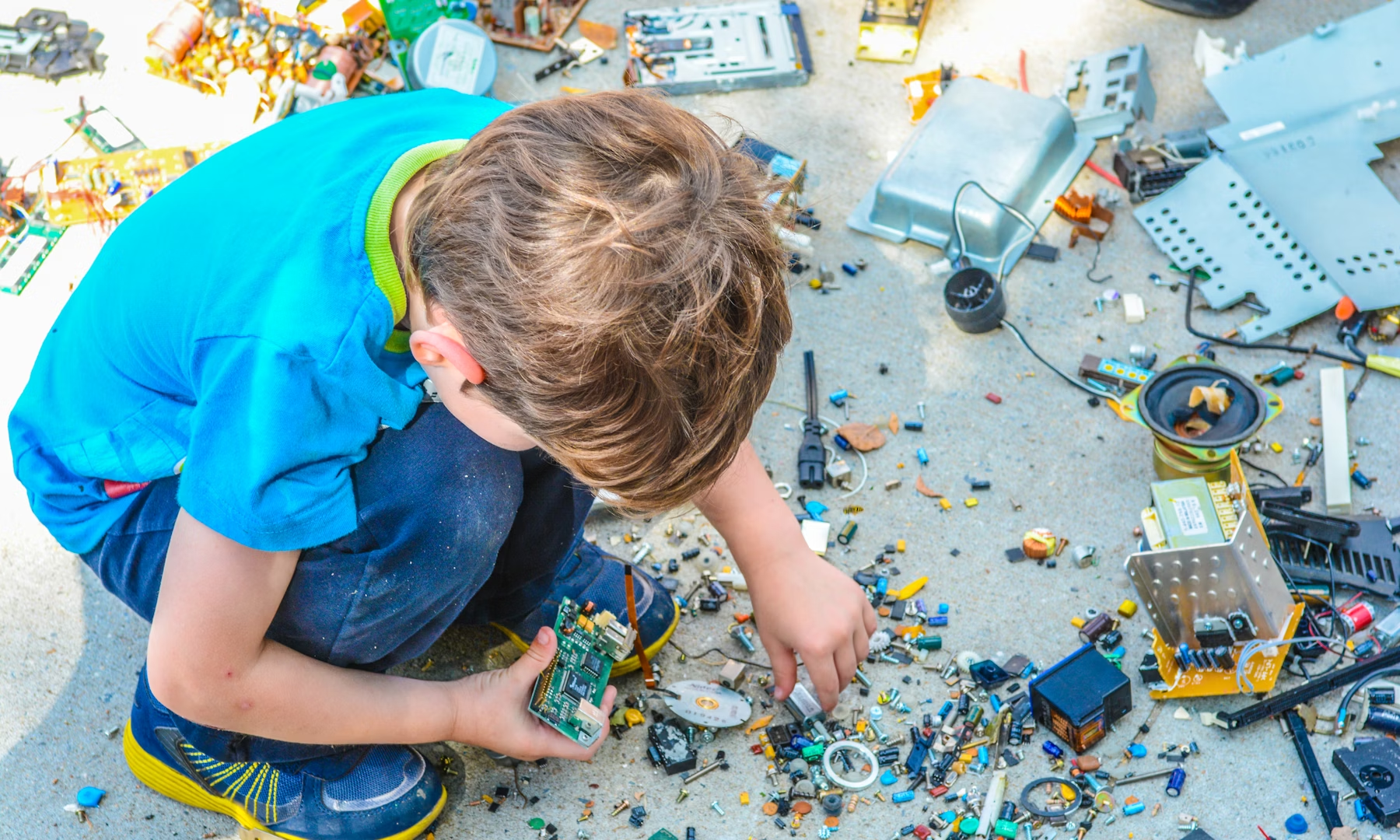How Smart Home Technology Can Support Your Autistic Household
Creating Supportive Spaces with Smart Home Technology
In a home where executive function challenges, sensory sensitivities, or unpredictable transitions are part of daily life, traditional solutions often fall short. For many families and individuals navigating life with autism, ADHD, or both, smart home automation isn’t just about convenience, it’s a powerful way to reduce stress, increase safety, and create a more responsive environment.
Let’s explore how thoughtfully chosen smart devices, paired with platforms like Home Assistant, can transform your living space into one that better supports autistic and other neurodivergent needs.
Lighting That Guides the Day: Visual Cues with Philips Hue
Bright idea: Lighting isn’t just about illumination. It can be a reliable cue for what’s happening next.
For many people with autism or ADHD, sudden transitions can derail an otherwise stable routine. Smart bulbs like Philips Hue offer color and brightness adjustments that serve as visual timers. Imagine the lights turning a soft orange to signal “bedtime prep, then slowly dimming as part of a winding-down routine. In the morning, lights can gently brighten to simulate sunrise—ideal for those who struggle with abrupt alarms.

Platforms like Hubitat highlight how adjusting light color and brightness can support smoother transitions and offer a more sensory-friendly atmosphere for autistic households.

Download Now: 5 Simple Automations to Save Time & Lower Stress at Home
Sensory-Friendly Lighting Control: Lutron Caséta
Lighting that listens: For anyone managing sensory sensitivities, harsh overhead lights can be a deal-breaker.
Lutron Caséta smart dimmers allow you to create soft, consistent lighting scenes that reduce overstimulation. Rather than relying on ceiling lights at full brightness, Caséta lets you set calming presets throughout your day—ideal for sessions, naps, reading time, or decompression moments.
As CNET’s John Carlsen puts it, “Lighting that’s too harsh can make it difficult to focus or relax, while softer lighting can make spaces feel more comfortable and inviting.”
Sensory Regulation Through Automation: Zigbee Sensors + YoLink Alerts
Peace of mind, without overwhelm: Many autistic families worry about missed cues—like a door opening unexpectedly or a light being left on too long.
Zigbee-enabled sensors like Aqara door sensors or motion detectors can create gentle nudges that support safety and calm. For example, an entry door can quietly chime when opened, alerting caregivers without sounding a panic alarm. Or, a hallway light can activate softly when someone heads to the bathroom at night—no blinding lights or fumbling for switches.
YoLink sensors, which use long-range, low-power radio frequencies, are a great option for homes with multiple floors or thick walls. These tools provide quiet support in the background, letting you focus on connection, not constant supervision.

Automating Focus and Task Initiation with Home Assistant
Executive function, enhanced: Smart tech isn’t a replacement for systems—it’s a bridge to making them stick.
For people with ADHD, task initiation and follow-through can be persistent struggles. With Home Assistant, automations can be set up to deliver helpful nudges right when they’re needed. Picture a smart speaker reminding you to send a client confirmation before your next session. Or a sensor-triggered notification letting you know a package arrived at the front door—without disrupting a therapy appointment.
Lifehacker notes that “Setting reminders with smart assistants or automating routine tasks can remove decision fatigue and make staying on top of things much easier.” The best part? Home Assistant can unify all your devices so you don’t have to juggle multiple apps or platforms.
Designing Personalized Comfort Zones with Sensory-Safe Tech
Comfort, custom-coded: Neurodivergent-friendly homes aren’t just quieter – they’re smarter, too.
Maybe your ideal calm-down space includes dimmed lights, soft music, and the gentle hum of a fan. With platforms like Home Assistant and devices from Lutron, Zigbee, and YoLink, you can create automation “scenes” that trigger multiple actions with one button or voice command.
These environments offer more than comfort—they give back a sense of control to households that often feel reactive. As Carlsen puts it, “Technology that is predictable and consistent can be a lifeline for neurodivergent people navigating the complexities of daily life.”
Final Thoughts: Building a Smart Home That Actually Works for You
Smart home automation isn’t just about gadgetry, it’s about making life gentler. Especially for families and individuals managing the everyday realities of autism, ADHD, or sensory processing differences, the right tools can make all the difference.
Whether you’re navigating bedtime chaos, juggling caregiving with a home-based business, or just trying to reduce daily overwhelm, smart home technology can help create a safer, calmer, and more functional living space.
Want to see what’s possible in your space?
At Serenity Smart Homes, we specialize in designing privacy-first, neurodivergent-friendly automations that match how you actually live. Reach out for a personalized consultation and start building a home that supports you.


